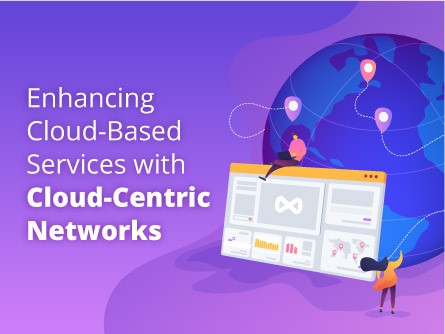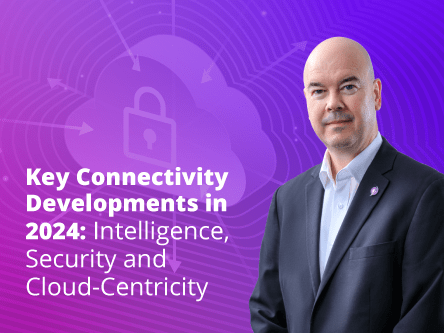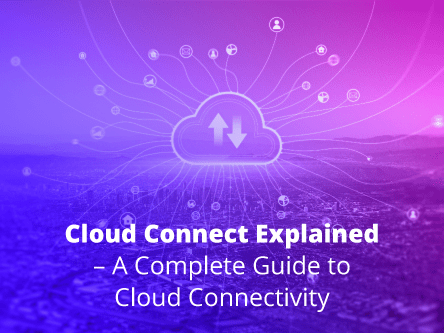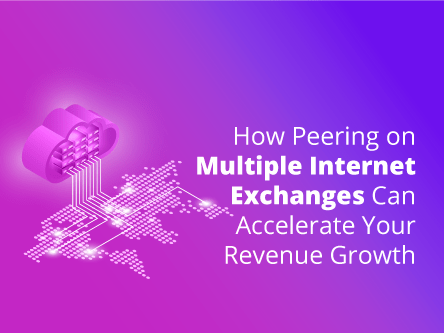Before the cloud, businesses used to run their services on-premise with a whole IT team managing the hardware, software and the network. Infrastructure as a Service (IaaS) reinvented the wheel by easing IT infrastructure management towards a more streamlined and seamless approach.
It has also set the path for the proliferation of cloud-based services or Software as a Service (SaaS) providers such as MailChimp, Shopify, SurveyMonkey and so on.







